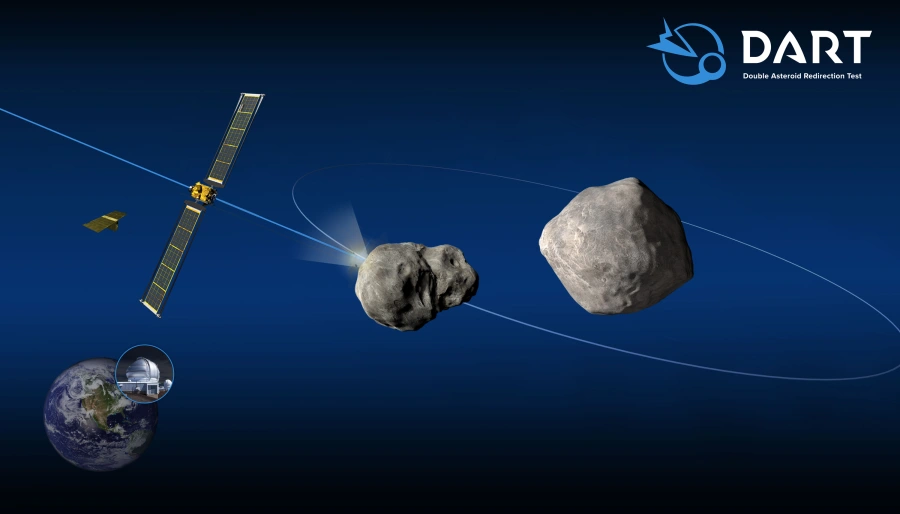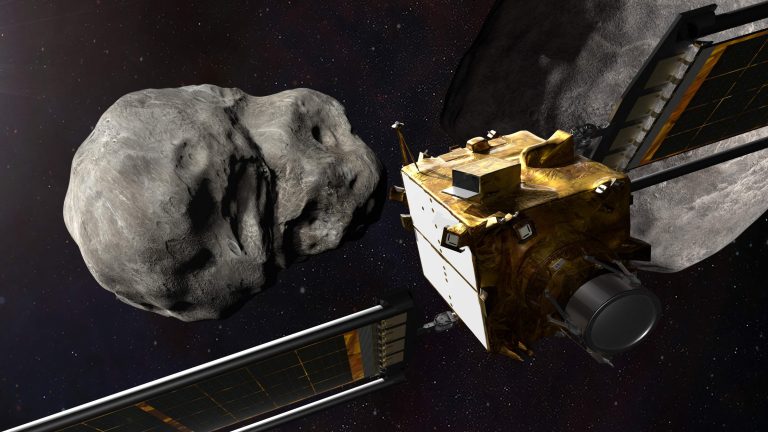NASA is poised to hit a little, harmless asteroid millions of kilometres away in a first-of-its-kind, save-the-world experiment. Dart, a spacecraft named after the asteroid, will collide with it at 14,000 mph on Monday (22,500 kph).

The collision should be enough to push the asteroid into a slightly tighter orbit around its partner space rock, proving that if a deadly asteroid ever comes our way, we have a fighting chance of diverting it. Cameras and telescopes will monitor the crash, but it will take months to determine whether it affected the orbit. Dart’s launch last November kicked off the $325 million planetary defence test.
Dimorphos, the asteroid with the bull’s-eye, is around 7 million miles (9.6 million kilometres) from Earth. It is really the little companion of Didymos, a 2,500-foot (780-meter) asteroid called after the Greek word for twin. Didymos, discovered in 1996, is spinning so quickly that astronomers believe it ejected debris that finally created a moonlet. Dimorphos, which is around 525 feet (160 metres), circles its parent body at a distance of less than a mile (1.2 kilometers).
NASA maintains that neither asteroid poses a threat to Earth now or in the future. That is why the duo was chosen.
Dart — short for Double Asteroid Redirection Test — was designed using a basic approach by Johns Hopkins since it is essentially a battering ram and confronts certain annihilation. It just has one tool: a camera for navigating, aiming, and documenting the final action. Dimorphos, which is thought to be just a debris pile, would appear as a point of light an hour before impact, looming bigger and larger in camera photographs returned to Earth.
Managers are sure that Dart will not collide with the bigger Didymos by accident. The navigation system of the spacecraft is supposed to discern between the two asteroids and, in the last 50 minutes, target the smaller one.
Unless Dart misses — which NASA believes is unlikely — that will be the end of the road for Dart. If it screams past both space rocks, it will meet them again in a few years for Take 2.
